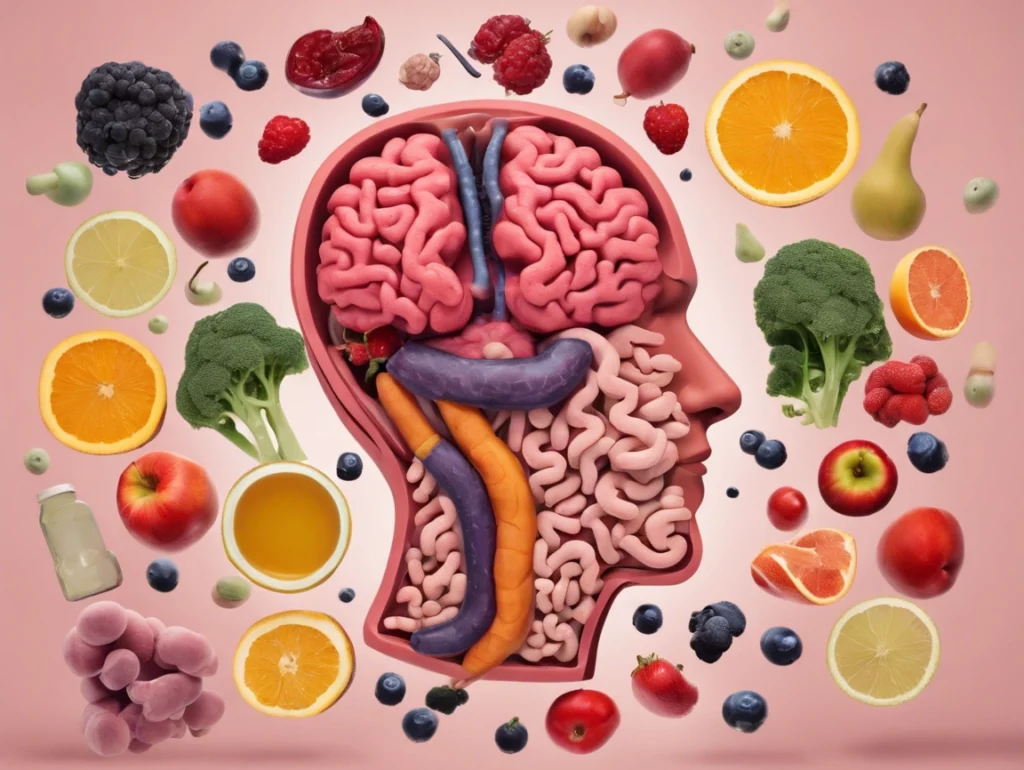In today’s fast-paced world, mental health has emerged as a vital topic for discussion, especially among young adults. Recent statistics reveal alarming trends that highlight the growing prevalence of mental health issues within this demographic. This article delves into these trends, their implications, and what we can do to support mental well-being among young adults, who are often navigating a complex landscape of pressures and uncertainties.
Rising Rates of Mental Health Issues
The World Health Organization (WHO) reports that the global prevalence of anxiety and depression has surged since the onset of the COVID-19 pandemic. A significant study published in The Lancet indicated that the prevalence of anxiety disorders increased by 25% worldwide in 2020 (Gonzalez et al., 2021). This dramatic rise can be attributed to various factors, including isolation, fear of illness, economic instability, and the disruption of daily life.
Among young adults, these challenges are particularly pronounced. The American Psychological Association (APA) found that nearly 75% of college students reported experiencing overwhelming anxiety in 2021, a striking increase compared to pre-pandemic levels (APA, 2022). Many young adults are facing unique challenges such as academic pressure, social isolation, and uncertainty about their futures, all of which can contribute to deteriorating mental health.
Specific Challenges Facing Young Adults
The transition to adulthood is often fraught with stressors that can impact mental health. Young adults are typically navigating significant life changes, including entering the workforce, pursuing higher education, and forming new social connections. These transitions can lead to heightened anxiety and feelings of inadequacy.
Additionally, a study by the Pew Research Center found that 61% of young adults reported feeling anxious about their financial future (Pew Research Center, 2021). The burden of student loan debt, rising living costs, and a competitive job market can create overwhelming stress. This combination of academic, social, and economic pressures contributes to a perfect storm of mental health challenges for many young adults.
The Role of Social Media
Social media plays a significant role in shaping the mental health landscape for young adults. While it offers opportunities for connection and support, it can also foster anxiety, depression, and feelings of inadequacy. A study published in the Journal of Adolescent Health found that excessive social media use is associated with increased rates of depression and anxiety among adolescents and young adults (Primack et al., 2017).
The curated nature of social media often leads individuals to compare their lives to others, fostering unrealistic expectations. Young adults may feel pressured to present a perfect image, which can result in low self-esteem and increased anxiety. Cyberbullying and exposure to negative content can further exacerbate mental health issues, creating a cycle of distress.
To mitigate these effects, it’s essential to promote healthy social media habits. Encouraging young adults to curate their feeds, engage with positive content, and limit screen time can help create a more balanced relationship with social media. Additionally, promoting offline interactions and activities can counteract the isolating effects of digital communication.
Emerging Therapies and Coping Strategies.

Despite the challenges, there is hope on the horizon. Mental health awareness has gained significant traction over the past few years, leading to innovative therapies and coping strategies tailored for young adults. Cognitive Behavioral Therapy (CBT) and mindfulness practices have become popular as effective tools for managing anxiety and depression. According to a meta-analysis published in Psychological Bulletin, CBT has been shown to significantly reduce symptoms of anxiety and depression (Hofmann et al., 2012).
Alternative therapies are also gaining traction. Art therapy, music therapy, and nature therapy provide creative outlets for expression, helping young adults process their emotions in non-traditional ways. Mindfulness practices, such as meditation and yoga, have proven effective in reducing stress and enhancing mental well-being.
Peer support groups and community initiatives play a vital role in addressing mental health among young adults. Organizations like the National Alliance on Mental Illness (NAMI) offer resources and support specifically tailored for young adults, fostering a sense of community and shared experience. These initiatives not only provide support but also empower individuals to share their stories, further breaking the stigma surrounding mental health.
Moving Forward
As we continue to navigate the complexities of mental health, particularly among young adults, it is crucial to stay informed and engaged. Here are some steps we can take to foster a supportive environment:
Educate Ourselves: Understanding the signs and symptoms of mental health issues can help us recognize when we or someone we know may need support. Mental health education should be prioritized in schools and colleges to raise awareness.
Engage in Conversations: Open discussions about mental health can significantly reduce stigma. Creating safe spaces for young adults to share their experiences fosters understanding and support.
Practice Self-Care: Incorporating mindfulness, exercise, and healthy coping strategies into daily routines can promote mental well-being. Simple practices, such as journaling, engaging in hobbies, or spending time in nature, can have a profound impact on mental health.
Seek Professional Help: If you or someone you know is struggling, don’t hesitate to reach out to a mental health professional. Therapy and counseling can provide valuable tools and support for navigating mental health challenges.
Advocate for Mental Health Resources: Support policies and initiatives that promote mental health awareness and access to resources. Advocacy for mental health education in schools and workplaces can cultivate a culture of understanding.
Build Community Connections: Encourage young adults to engage in community activities, clubs, or volunteer opportunities. Building connections can combat feelings of isolation and foster a sense of belonging.
By fostering a culture of understanding and support, we can help quiet the storm of mental health challenges faced by young adults. Together, we can create a brighter and healthier future for ourselves and those around us, ensuring that mental health is prioritized and addressed.
Sources:
Gonzalez, A., et al. (2021). “Mental health and the COVID-19 pandemic.” The Lancet.
American Psychological Association (2022). “Stress in America: A national mental health crisis.”
Pew Research Center (2021). “The Mental Health of Young Adults.”
Centers for Disease Control and Prevention (CDC) (2021). “Trends in Emergency Department Visits for Mental Health Conditions Among Children.”
Primack, B. A., et al. (2017). “Social media use and perceived social isolation among young adults in the U.S.” Journal of Adolescent Health.
Hofmann, S. G., et al. (2012). “The Efficacy of Cognitive Behavioral Therapy: A Review of Meta-analyses.” Psychological Bulletin.
Feel free to share your thoughts and experiences in the comments below! Let’s support each other in this journey toward better mental health, especially for our young adults who are navigating this challenging phase of life.

















